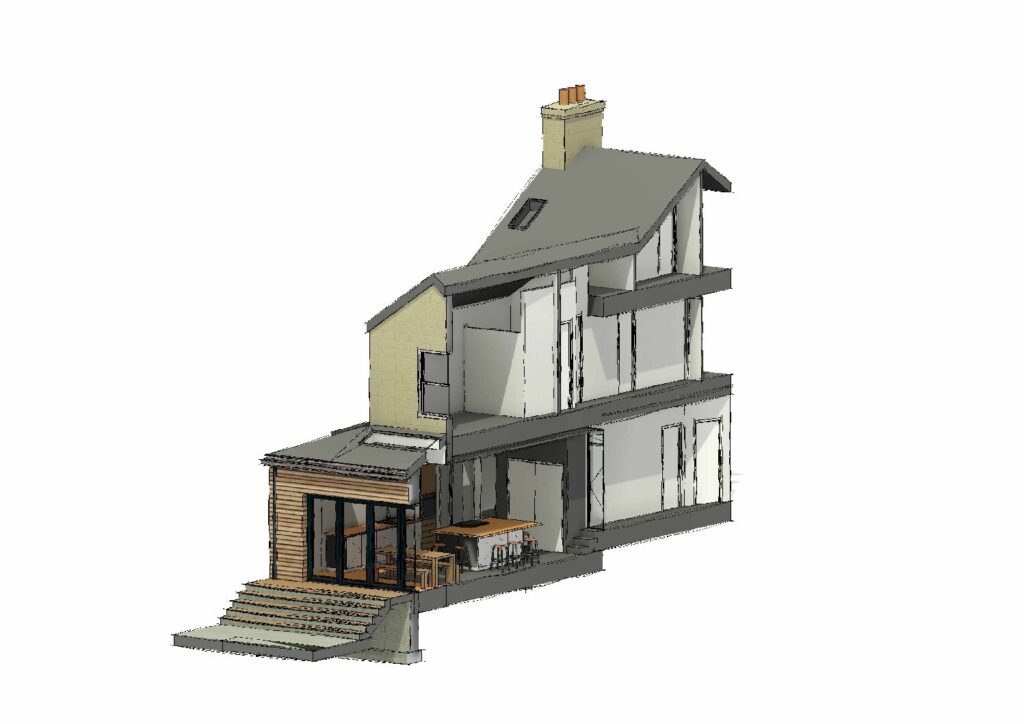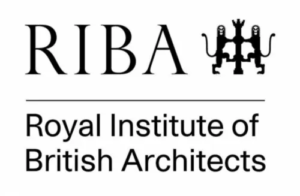This is a quick guide explaining what Permitted Development Rights are, and will help you answer questions like; How large extension can be built under Permitted Development? Can I add a dormer on my roof? Can I get a side extension? Can I add another floor above without planning permission?
Permitted development rights, also known as PD, can be used in certain scenarios instead of planning permission. The PD process can save you time and money, as well as preventing you from feeling any stress about potential refusal. It sounds great, doesn’t it?
It’s important to know that there are restrictions and limitations on how PD Rights can be used, so it is always important to seek advice from a trained professional with experience in planning policy, i.e an Architect or planning consultant.
What does Permitted Development Rights mean?
Permitted Development Rights are rights that exist under the General Permitted Development Order (GPDO), and essentially allow the homeowners to undertake certain building works, without the need for planning permission. This could apply to extensions, change of use, but also with the latest PD Rights changes, another floor is now allowed to a bungalow without the need for planning permission. The new changes also allow for larger developments, like, office blocks converted into flats or agricultural units into residential.
It is important to mention that All Permitted Development requirements apply to the original house, and how it was originally built, and dwellings built after 1948. There are also limitations to how many times you can use PD Rights to your property.
There are some exclusions to PD Rights for listed properties and flats or maisonettes in Scotland, Wales and Northern Ireland.
If you are using PD instead of planning mission, you should apply for a Lawful Development Certificate, which is essentially a written description of the work you want to undertake, and the reasons why you think these falls under PD Rights.

What can I build under Permitted Development Rights
Some of the works you can do under under Permitted Development Rights:
- Single storey side extensions of up to half the width of the original dwelling. These may also project beyond the original rear elevation by up to 8m (subject to prior approval).
- Single storey extension(s) projecting up to 8m (subject to prior approval), or up to 4m without prior approval, from the original rear elevation of the dwelling.
- Two storey extension(s) projecting up to 3m beyond the original rear elevation of the dwelling (not beyond the side).
- Dormer, or other roof extensions, (subject to size limitations and relationship to a highway).
- One additional storey above the principal part of a single storey house (subject to prior approval).
- Up to two additional storeys above the principal part of a two-storey house (subject to prior approval).
- Single storey detached buildings within the curtilage, this is as ancillary to the main dwelling and usually for office space or gym for example. Changes of use, such as garage and basement conversions.
- Internal alterations, such as knocking down internal walls.
*Prior approval is not the same as planning permission and is needed for when a new storey is introduced under permitted development rights or using the larger home extension scheme.

What can I not build under Permitted development Rights
PD Rights are restricted when the development is within ‘designated areas’, such as:
- Conservation areas
- National Parks;
- Areas of Outstanding Natural Beauty;
- World Heritage Sites;
In addition to this, when there is a Listing in the property, PD rights are also reduced and Listed Consent is required, alongside a full planning permission. Finally, any proposed work that fall outside the criteria set by the Permitted Development Rights, require planning permission.
Permitted Development Rights on conversions from agricultural to residential use. (Qlass Q)
As the demand for new homes in the countryside has rapidly increased in the last few years and especially after the pandemic, Class Q was introduced as a form of permitted development Rights, allowing the development of residential units in rural locations.
Although PD Rights are given to any agricultural building for conversion into residential, there are some additional requirements that you need to be aware of. Some of these are:
- The building must have been used solely for agricultural use as part of an established agricultural unit for a certain period before the use is changed to residential.
- Smaller dwellinghouses are up to 100 m² and larger ones are between 100 m² and 465 m².
- You can have up to 3 larger properties as long as the area converted does not exceed 465 m².
- You can have up to 5 smaller properties of up to 100 m² each.
- You can combine the two as long as you do not exceed 5 units in total.
- Any previous development under these PD rights to convert agricultural buildings to residential use and also the use of other agricultural PD rights within the planning unit.
- The external dimensions of the new development cannot extend beyond the external dimensions of the existing agricultural building.
Developments rules for PD (Qlass Q) cannot be used in National Parks, areas of outstanding natural beauty, conservation areas, world heritage sites, sites of special scientific interest, or if the site includes a listed building or a Historic Monument.
Things to be aware and next steps
- Always get advice from an Architect planning consultant or a qualified surveyor and get confirmation that your proposed works are classed as Permitted Development before you begin. If that fails to be confirmed, then planning permission will be required.
- Even if you won’t need a planning permission, you need to be aware of other requirements a project needs to cover, such as : Building Regulations, Party Wall matters, Build over agreements, Rights to Light and other potential legal matters.
- Building control drawings are not required under PD, but your builder may request detailed plans for them to work from, so agree what is needed in advance.
- Check the National and local planning policy.
- Always make your neighbor aware of your intention to build. Objections could be made by a neighbor for any proposed work to your existing house, but the Local planning Authority is only concerned with objections that relate to the materials used. Having a prior discussion with your neighbor always helps you manage the process and deal with any concerns they may have.
Before you start any building works, its important to be 100% certain on what permissions are required. Bright Studio Architects would be happy to advise on any initial consultations and can point you in the right direction for further guidance if required.

